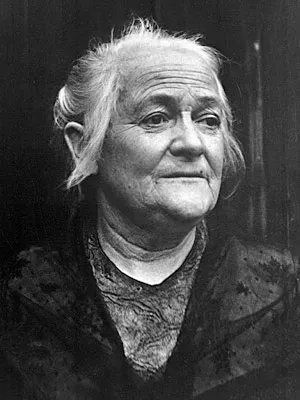
Full Name: André Lhote
Nationality: French
Profession: Sculptor and Painter
Birth Year: 1885
Death Year: 1962
The Legacy of André Lhote: A Journey Through Art and Innovation
Born in the bustling heart of Bordeaux in 1885, André Lhote entered a world ripe for artistic exploration. His early life was marked by a fervent curiosity, as he spent countless hours wandering through the streets, absorbing the vibrant colors and forms of his surroundings. It was during these formative years that he first picked up a paintbrush an act that would irrevocably alter his destiny. Despite the prevailing academic styles of his time, Lhote was drawn to experimentation, an inclination that would define his entire career.
As he matured into adolescence, Lhote enrolled at the École des Beaux-Arts in Bordeaux a prestigious institution that shaped many artists before him. However, unlike most students who adhered strictly to traditional methodologies, he found himself entranced by cubism and modernist movements sweeping across Europe. Perhaps this fascination stemmed from witnessing how artists like Picasso transformed conventional perspectives into fragmented realities.
By 1908, only three years after moving to Paris a hub for avant-garde artistry Lhote had begun making connections with other notable figures in the art scene. Ironically, while Paris served as a crucible for innovation and expression, it was also rife with competition and jealousy among artists striving for recognition. Yet Lhote persevered; he joined forces with contemporaries like Fernand Léger and Amedeo Modigliani to explore new dimensions within their work.
Amidst this whirlwind of creativity emerged another facet of his identity: sculpture. In 1910, when one might expect an artist focused solely on painting to flourish fully in two dimensions it became clear that Lhote sought depth beyond canvas confines. He experimented with materials such as wood and clay crafting tactile experiences instead of just visual ones. This multifaceted approach enabled him to bridge gaps between traditional techniques and modern aesthetics.
The outbreak of World War I presented unforeseen challenges; however, instead of surrendering to despair or abandoning his craft entirely during these tumultuous times Lhote channeled pain into purpose! He enlisted in the French army but continued sketching ideas even from within war-torn landscapes! These sketches captured not only haunting memories but also glimpses toward future compositions filled with hope amidst chaos.
Upon returning home after serving valiantly on battlefields across Europe he settled back into artistic life where opportunity awaited him eagerly! Despite facing initial setbacks due largely because many galleries remained skeptical towards emerging styles the tides eventually turned when critical acclaim began flooding in around 1920!
With newfound recognition came invitations from prominent exhibitions like Salon d’Automne the platform showcasing groundbreaking talents emerging post-war era! Here’s where irony played its hand again: those who once doubted now clamored for access into this thrilling world defined by innovation!
Lhote's paintings radiated rhythm through distinct geometric patterns layered over bold palettes reminiscent both nature’s hues & urban influences... An unmistakable signature emerged the playfulness intertwined seamlessly with structural rigidity echoed throughout works including “La Femme en Rouge,” which features striking contrasts between formality & spontaneity capturing female figures elegantly yet dynamically amid swirling colors.





